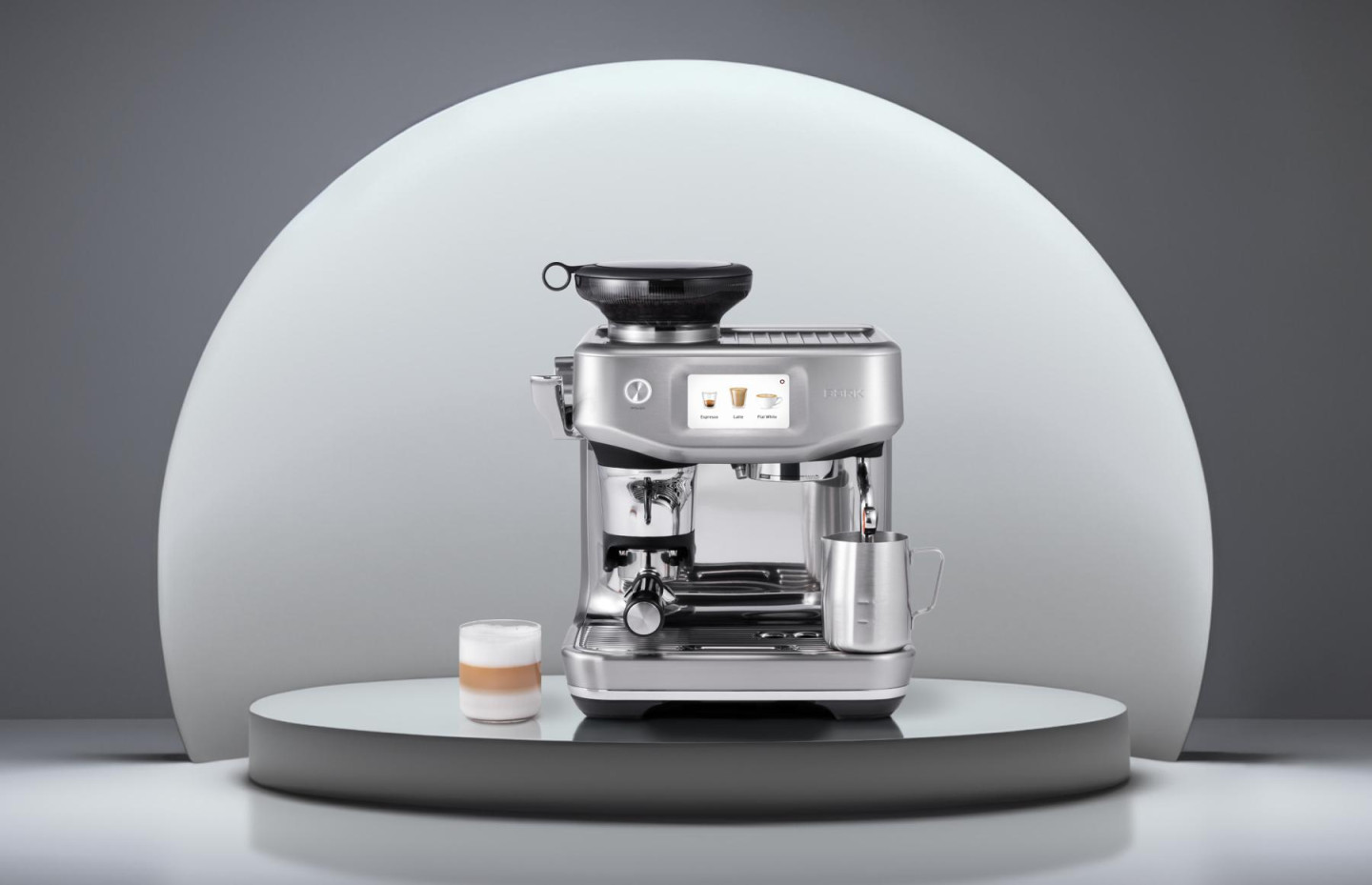
Right now, although out of sight, a new revolution is happening, known as the “third wave of coffee.” People started talking about so-called coffee waves relatively recently. Originating in the circles of coffee enthusiasts, this concept expressed the key stages in the formation of the modern industry of coffee drinks and the development of the culture of their consumption. Currently, it is customary to talk about three “waves,” the transitions between which are caused not so much by technological breakthroughs as by radical changes in the consumer’s consciousness.
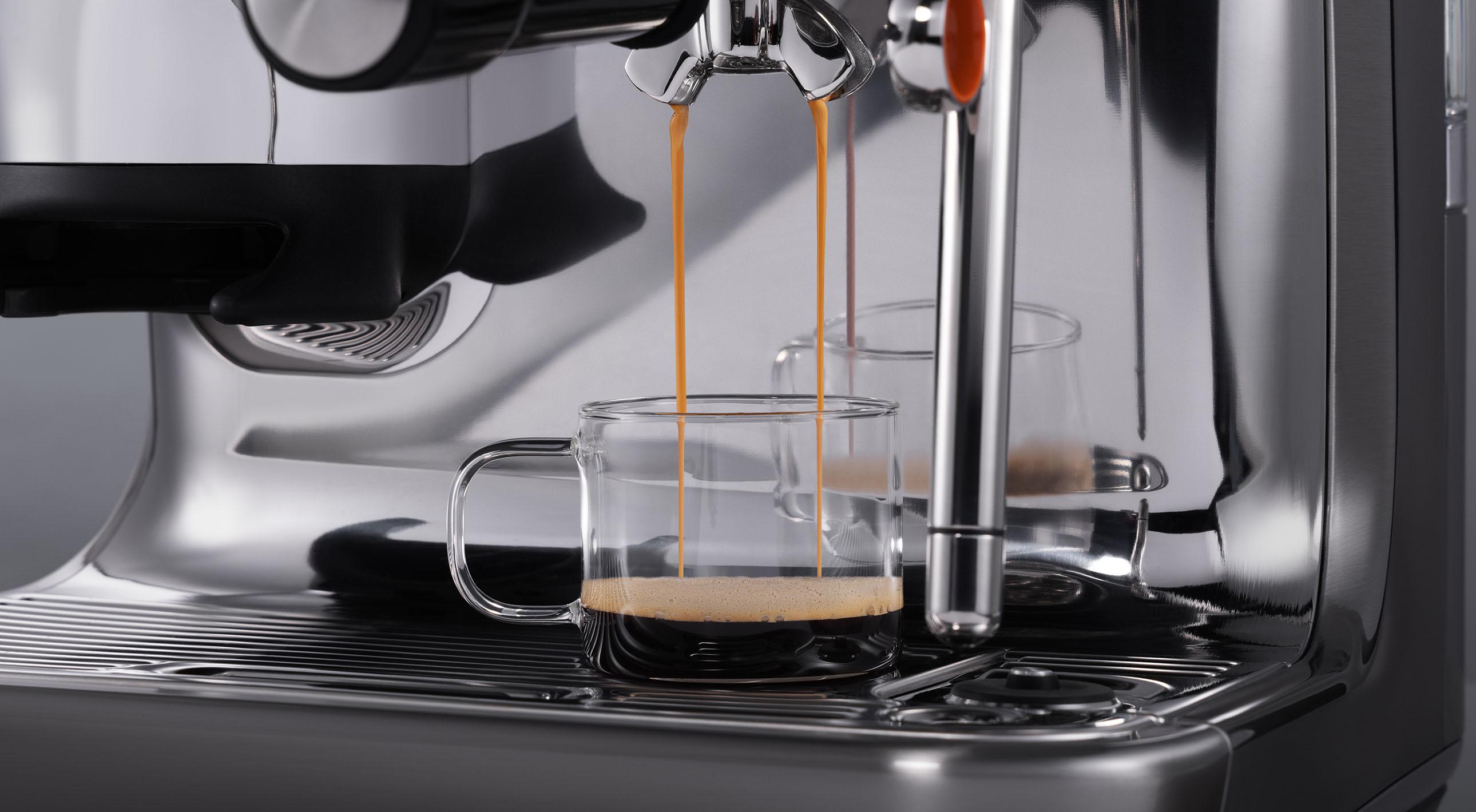
Coffee has long ceased to be just a tonic, giving this role to faster-acting and easier-to-prepare drinks. On the contrary, the “third wave” made coffee the new rule of good manners, and in some cases even part of elite culture. Such a development of events could hardly have been thought of several hundred years ago.
Love at first sip
Oddly enough, in the “first wave” coffee was valued for its most pronounced property – an invigorating effect, often without paying attention to the origin of the beans and the taste characteristics of the final product. In the 18th-19th centuries, the drink was brewed in the Turks from raw materials of rather poor quality, which gave it a specific bitter taste and aroma. Despite this, instant and ground coffee could be freely purchased in stores and eateries, and in some restaurants it was served for free.
It is noteworthy that it was the low price and the ability to quickly prepare coffee yourself that allowed coffee to gain widespread popularity. Having begun its history with an inexperienced consumer, coffee quickly gained recognition throughout the world, although in the Middle Ages there was a risk of its ban due to its “Muslim” origin. But the main gastronomic critic, the Pope, appreciated the invigorating effect, and coffee received the right to distribute in Europe.
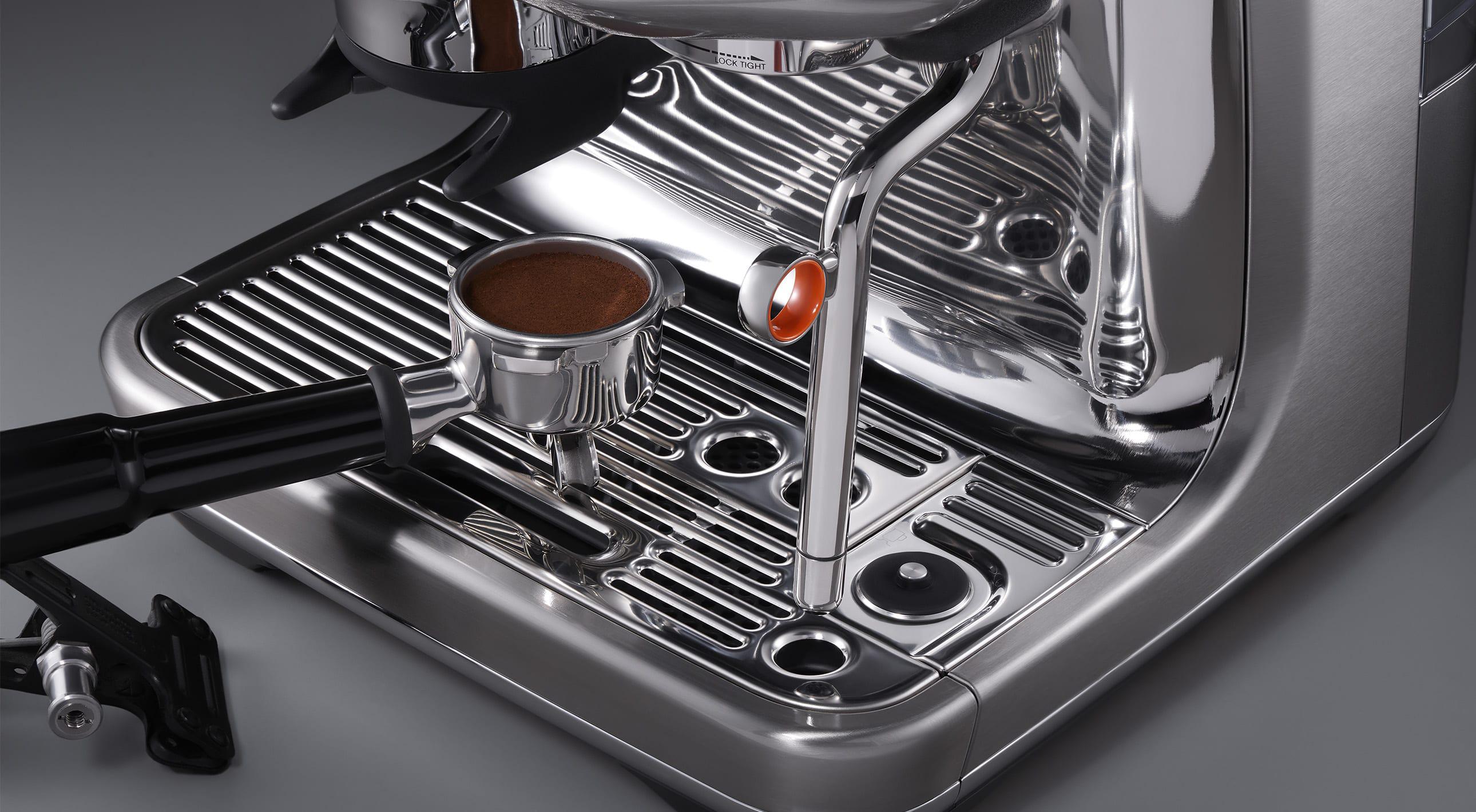
Taste matters
The beginning of the 20th century is usually associated with the spread of shops, stores and coffee shops, some of which continue to operate to this day. Coffee importers began to focus on the taste characteristics of certain varieties of beans, and market development and competition between young companies accelerated the progress of the industry.
At the same time, the first prototypes of coffee machines began to appear on the market, experimenting with different balances of pressure and temperature when preparing the coveted drink. Although the ideal combination of parameters for preparing coffee was empirically determined only in the middle of the 20th century, new machines significantly improved the taste of the product, as well as speeded up and standardized its production – this became especially important for sales in cafes and restaurants.
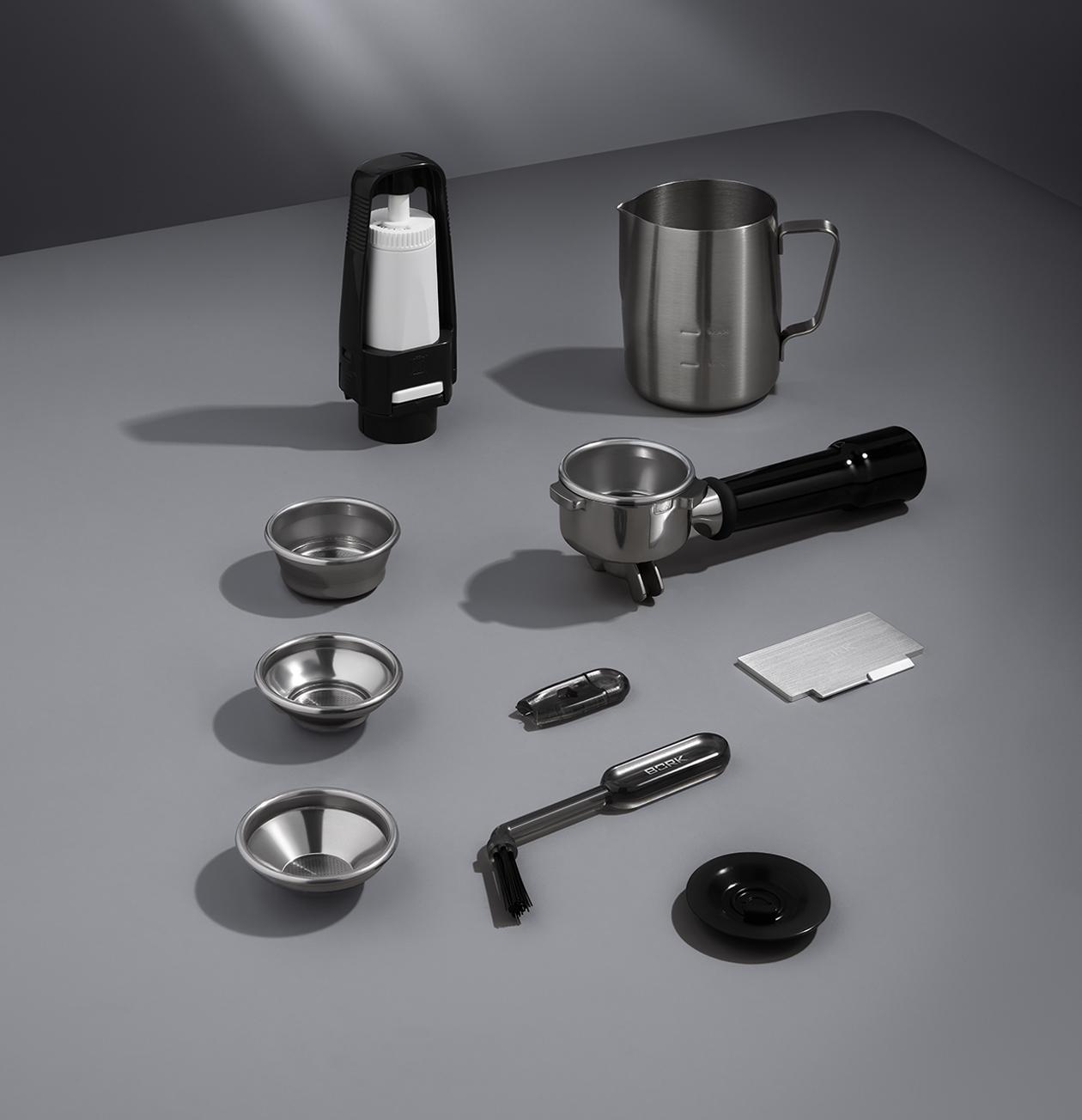
Standard deformation
Contrary to expectations, the taste of standard coffee from coffee shops or capsule coffee machines, the main symbols of the “second wave,” did not at all become the crown of evolution of the industry. The recipes, verified with automatic precision, quickly became boring for the sophisticated consumer, and the emphasis began to shift from mass production to exclusivity.
At this point the most interesting thing happened. The “third wave” has begun, combining cutting-edge technology with the unique aesthetics of coffee drinks, experimenting with different brewing methods to create new flavor profiles for each variety. At the same time, the grains themselves are roasted immediately before sale or preparation, which preserves their original freshness and aroma.
For the first time, coffee became a truly personal product. Innovative organic and specialty varieties set new standards for quality in the industry, while experimental and hybrid varieties (such as grains with spices or aromatics) leave room for imagination and creative blends. A masterly game with a balance of taste and aromatic sensations will undoubtedly delight even the most enthusiastic gourmet.
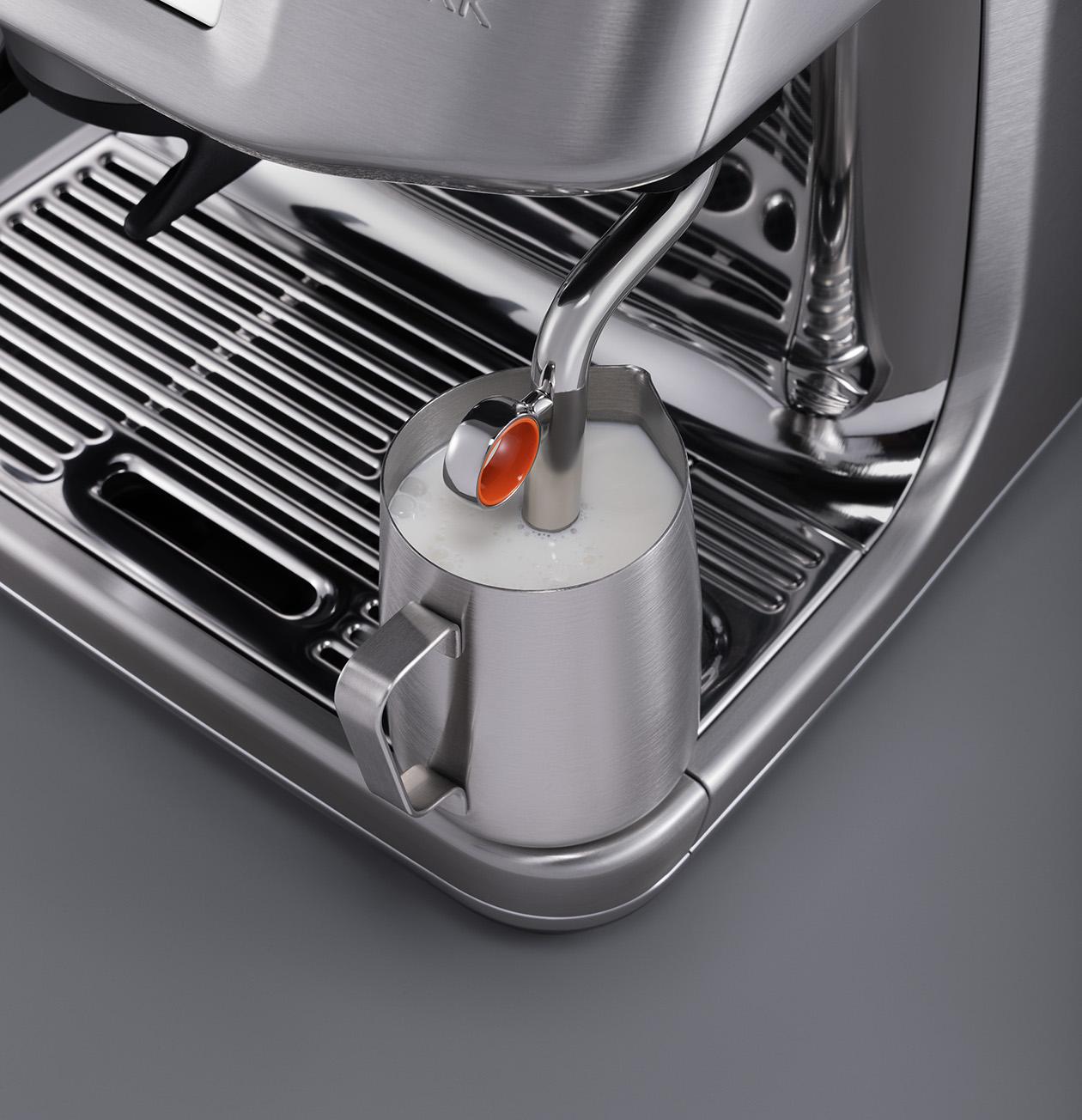
Well forgotten old
Of course, preparing high-quality coffee would be impossible without modern coffee stations. However, many of them process coffee beans very mediocrely, and the quality of coffee capsules will not be seriously discussed by any gourmet.
The pinnacle of evolution, top-class coffee stations – carob coffee machines – have not fundamentally changed since the end of the 19th century. These devices preserve the original taste of coffee, maintaining stable performance throughout the entire bean processing cycle, and are also easy to maintain thanks to their modular design.
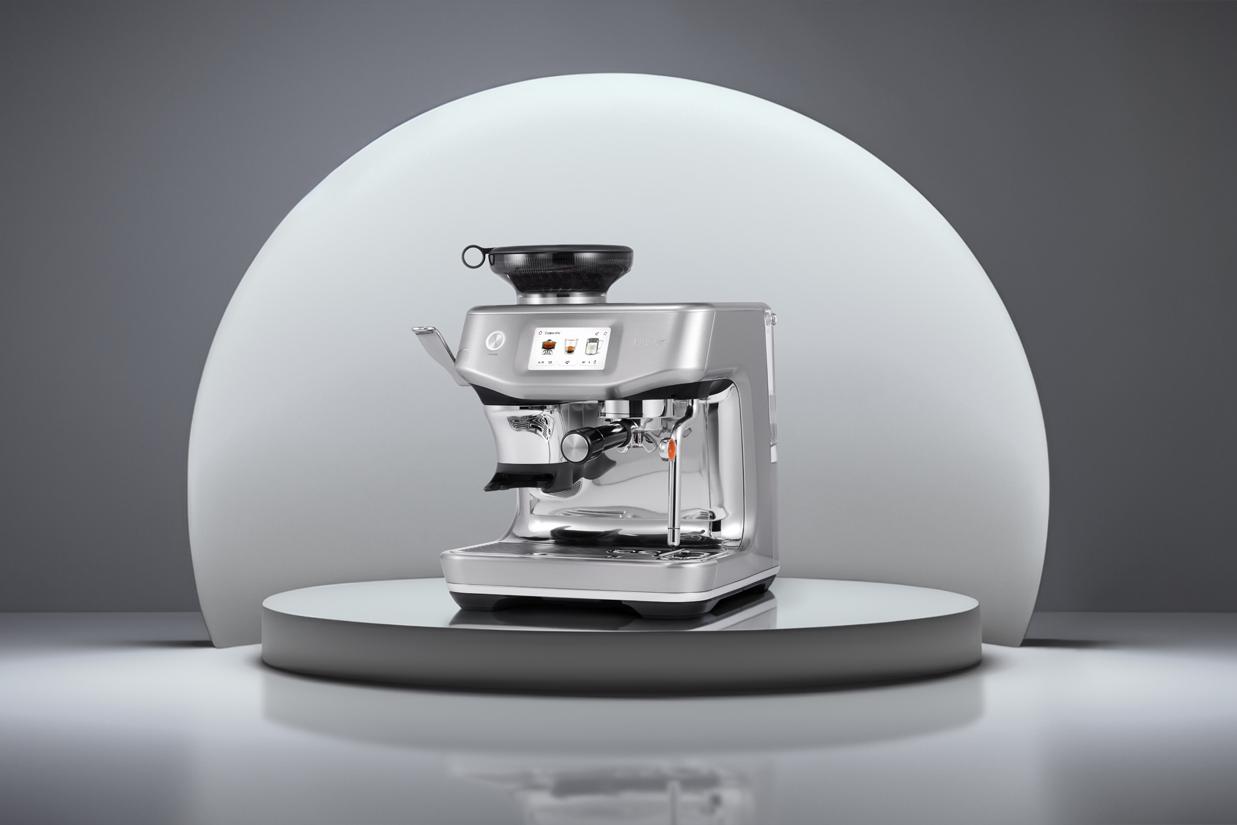
BORK went even further and released a cone station for the home, so that everyone could make a drink at any time, just like in a coffee shop. Premium carob coffee stations such as the BORK C810 are equipped with intelligent temperature and pressure systems, providing the highest quality bean processing on the market. In addition, BORK pays special attention to built-in recipes that allow you to prepare a drink to your taste by changing its strength, temperature, espresso volume and even the texture of milk foam. Finally, to achieve the best taste, the manufacturer equipped the C810 with the patented Auto MilQ milk frothing system, which calibrates the temperature and steam time depending on the selected type of milk.
It is noteworthy that, despite the classic design, the BORK C810 coffee station is equipped with a modern touch display, with which you can easily control the process of preparing the drink, change the temperature of the milk, the level of coffee extraction and much more.
Advertising. Advertiser – BORK-IMPORT LLC. Seller – BORK-RETAIL LLC, OGRN 1237700362646, 119297, Europe, Moscow, vn.ter.g. Moskovsky settlement, block No. 32, building 17A, building 2; erid: 4CQwVszH9pWwo444v4G
